Dealing with decision paralysis
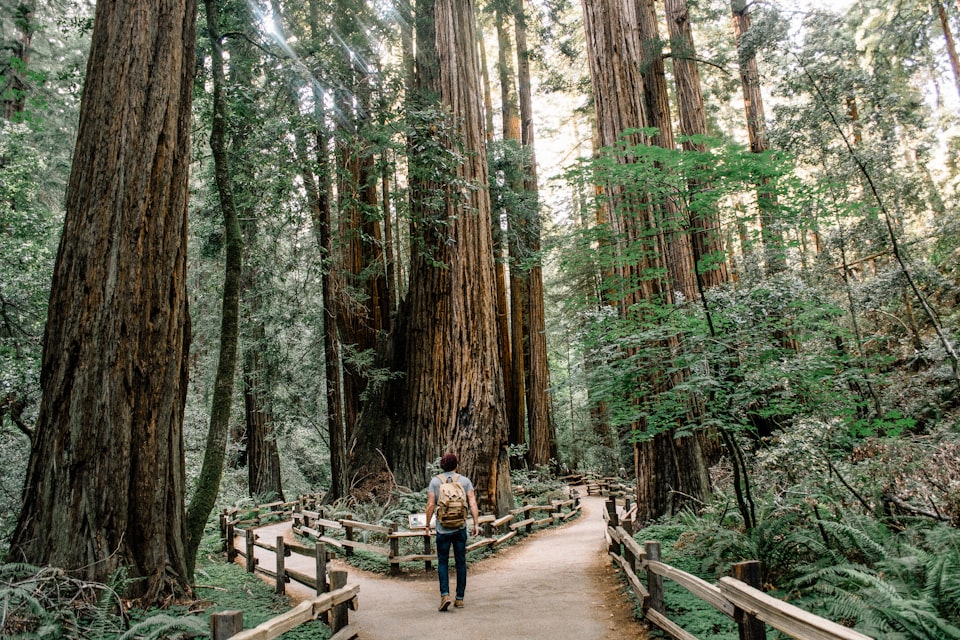
Do you find yourself procrastinating or taking ages to find a subject to draw?
I’ll explore why this happens and how to avoid it so you can quickly and easily get stuck into your next creative flow instead.
Watch on YouTube: https://youtu.be/8-tsn_2k5vM
I'm currently in the middle of my fifth Inktober challenge and despite having plenty of prompt lists to choose from, I still find myself suffering the usual obstacles to getting started. At breakfast, I wonder which way I'll go when I leave the house. I toss up between drawing the plant in front of me now or keep going in the hopes of a better spot. Am I working on toned paper this time?
We encounter numerous decisions like these every day that sap our time and energy. So let's explore how to overcome decision paralysis and instead be focused and progressing on our task. We'll cover:
- Understanding decision paralysis
- Reducing choices
- Reducing pressure, and
- Finding the standout option
I'll also look into the closely related issue of what to include or omit while you're creating.
What is decision paralysis?
Decision paralysis is being unable to make a decision out of fear of making the wrong choice. This usually happens because there are too many options to choose from, the stakes are too high or we overthink the matter, resulting in no decision being made.
Decision paralysis is being unable to make a decision out of fear of making the wrong choice.
Having to constantly make decisions is tiring and takes away precious time we could be spending on the task, so reducing its occurrence is important to maintain our productivity. The following actions can help with decision paralysis - let me know in the comments at the end if you've tried any or have other suggestions.
Reducing the number of choices
I’ve mentioned before how having a prompt list can help because it reduces the number to choose from. Although it might seem to limit you, it actually frees you creatively in other ways by giving you a structure to work within. For example, I’ve chosen to draw the native plants in my neighbourhood solely using black, grey and white pens this month. There are still a lot of choices on which plants to draw, but it means I can focus by ignoring all the animals or doing landscapes and don’t need to worry about colour.

However, that still might not be enough to help make a decision. Is it possible to limit the choices even more? Or add weight to one option so that it stands out as the obvious one to take?
Reducing the pressure
You can start by removing the time pressure of making a decision by preparing in advance. You can always change your mind, but making a decision the night before, rather than in the moment, might make it less stressful as there is more time to deliberate and therefore make better decisions. I like choosing from a list - so I’ve been noting down which plants I’d like to draw and this narrows down the choices to just the right level for me.
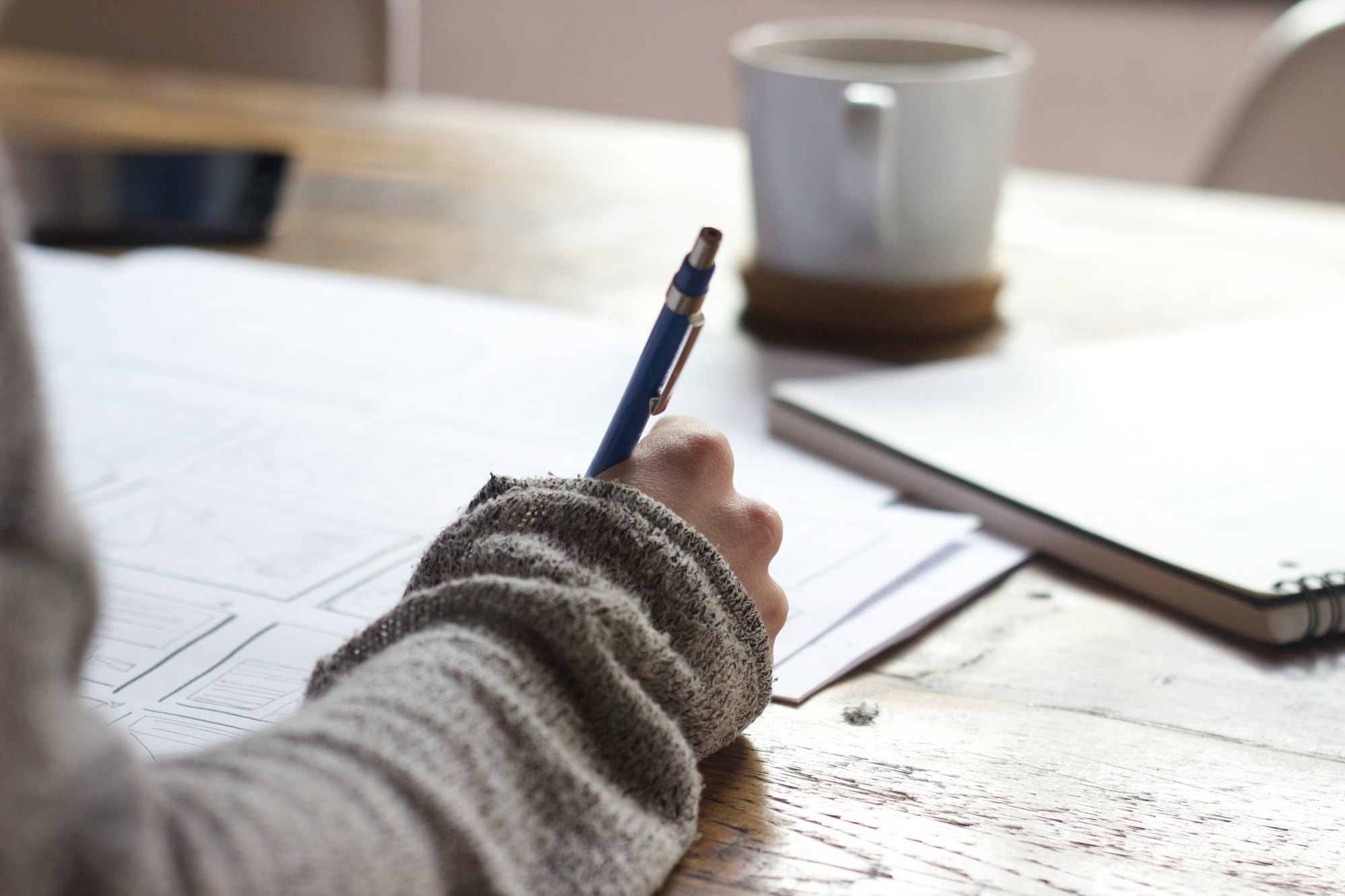
If you spend too much time deliberating and end up overthinking the matter consider reapplying limits on yourself again, such as having 1 minute to choose. For example, if you prefer the spontaneity of choosing in the moment, then nature journaling educator Marley recommends doing so as quickly as possible (possibly the first thing you come across), don't look for the "perfect" subject. Choosing what to nature journal should only take a few minutes for a daily session, especially if the whole activity will probably be less than an hour. The decision time should be commensurate with the task.
These seem contradictory and I guess it depends on who you are and what makes you freeze up. Test both and see which one works better for you.
Finding the standout option
Selecting from a list of options can still be intimidating so prioritising them helps with making the right decision. There are many different ways of prioritising:
- time - consider how much do you have, how long will the task take (related to difficulty), and are there specific times you need to be aware of (e.g. date of full moon or time of sunset etc)
- difficulty - how hard is it to find or journal your subject, how complex or detailed is it? Does it match your confidence and energy levels? Is it unfamiliar?
- energy - are you up for a challenge or do you just need a quick win? A quick burst or can you go all day long at a slower pace?
- location - are you limited to when and where you can do this subject, e.g. weather-dependent or need a car
- preference - excitement level (but keep in mind nature journaling does make your subject more interesting as you spend time with it)
You don’t have to make a table to help you decide (that's just procrastinating 😉) but it might help to recognise for instance that to get you started on a low-energy day look for a simpler subject close by.
What stays and what goes
Even after the initial subject choice, there are still many decisions we make as artists or nature journalers. What angle do observe from, how much detail do we add and is it finished now? With practice, I find making these types of decisions much faster and more intuitive. Here are 2 more tips for making micro decisions:
Being able to compare two states is useful, but not always possible. For example, you can’t tell if adding to the page now will make it overworked, i.e. can't see into the future. However, choosing between two clear options is easier than between something and an unknown. For example, deciding whether to leave a spot blank (clear outcome) or add something (unclear outcome) is more difficult than deciding where (clear options) to add to the page, if you can visualise what you're adding (clear).
Perhaps the best advice I can offer in these moments of indecision is to pause, take a breath and step back. This helps to refresh what you see in front of you, re-evaluate within the context and let your brain reset, making it easier to spot any obvious issues.

How do you deal with decision paralysis? Add your advice to the comments or let me know which tip you’d like to try.
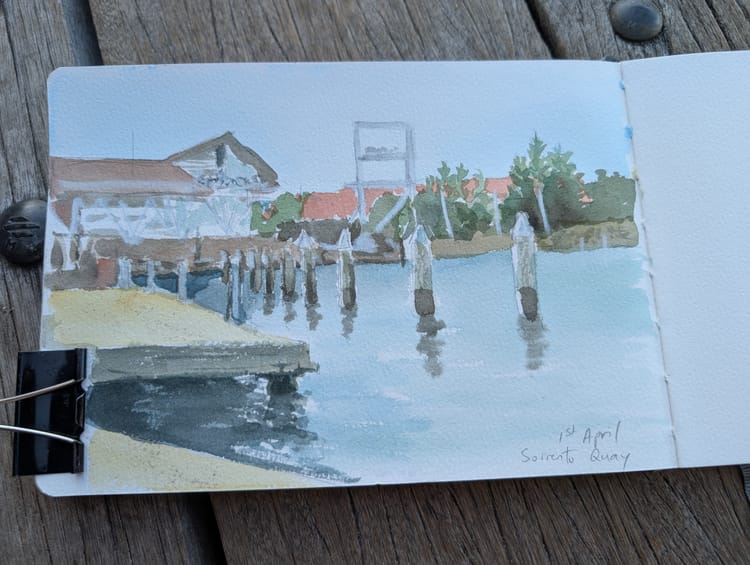
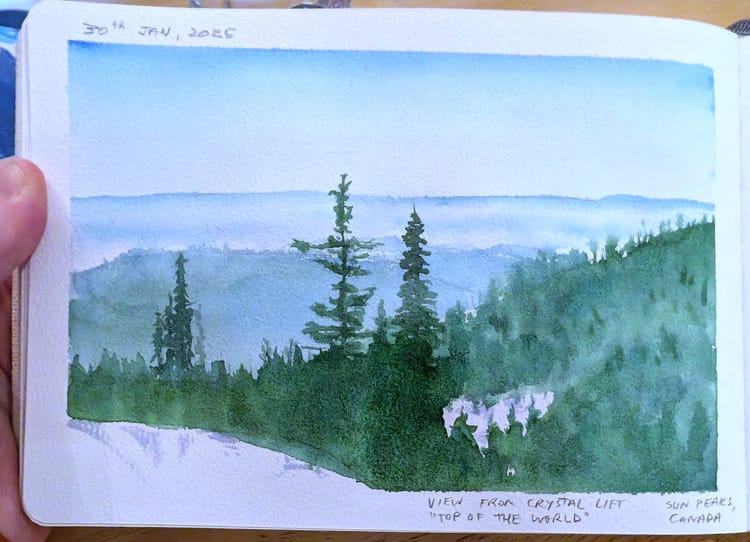
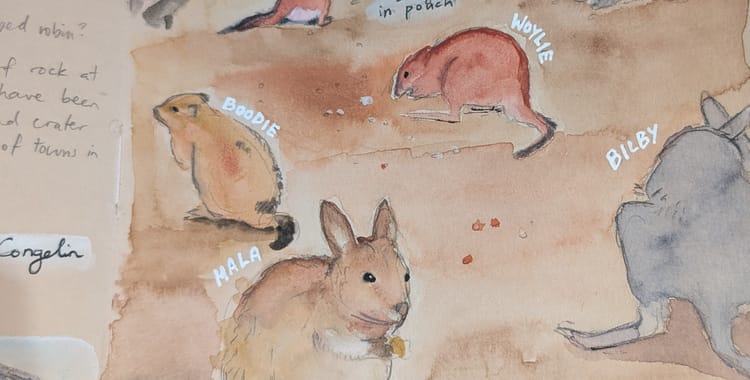
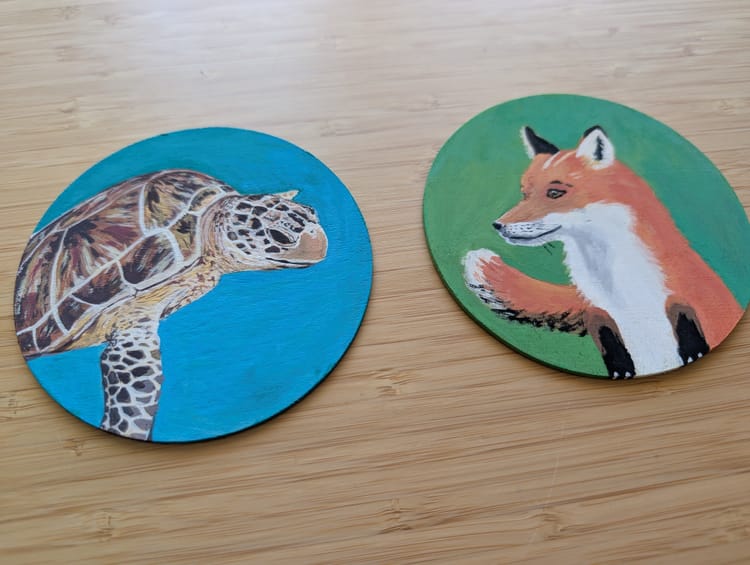
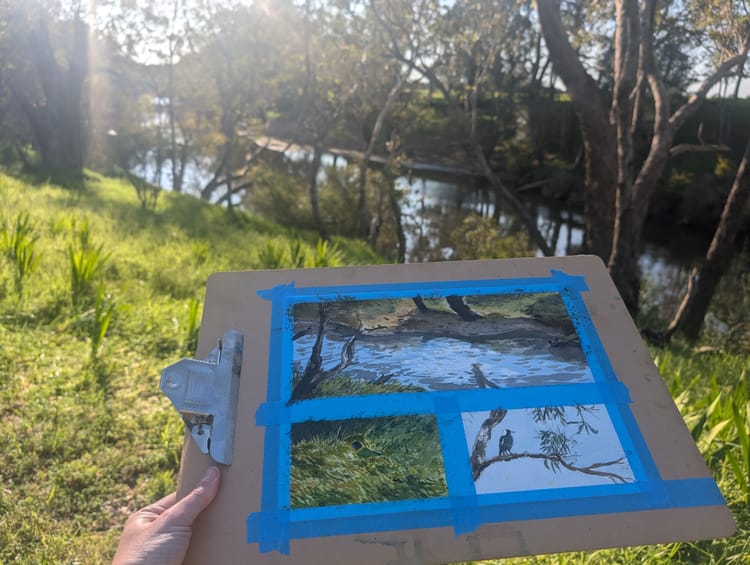
Member discussion